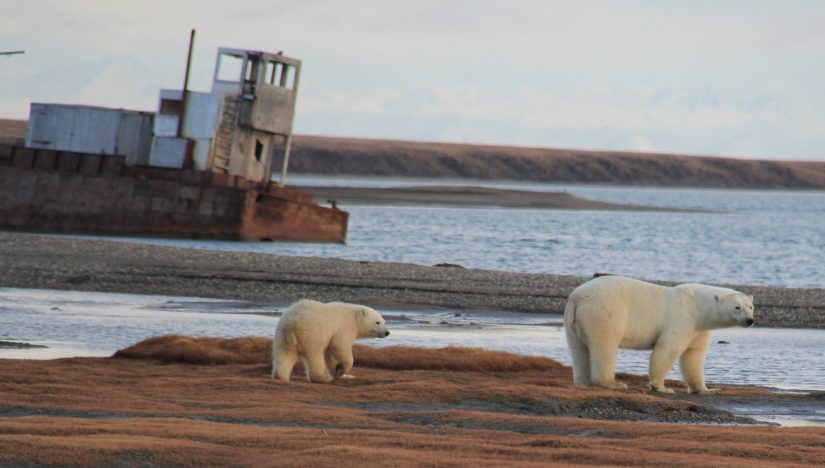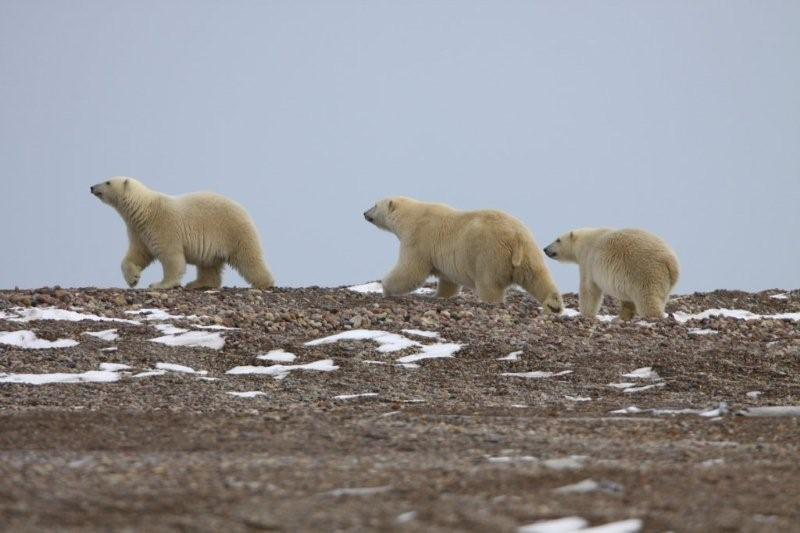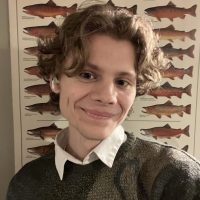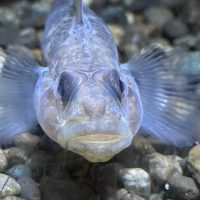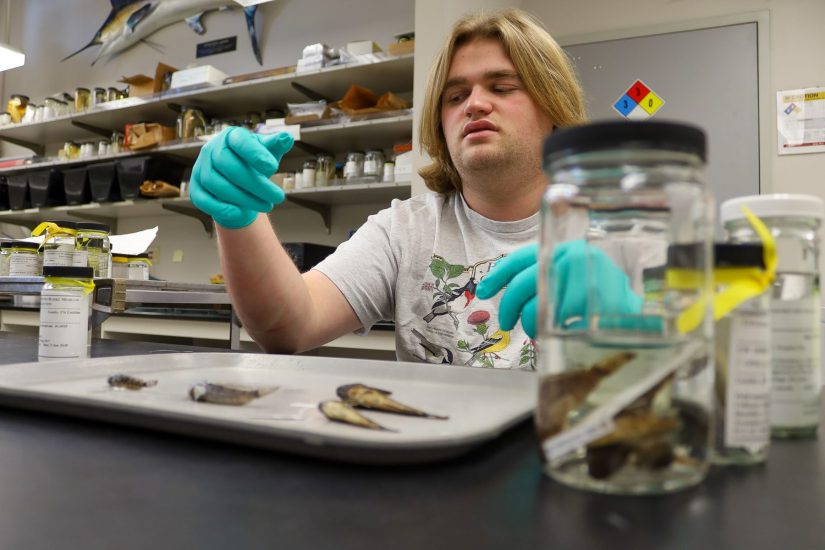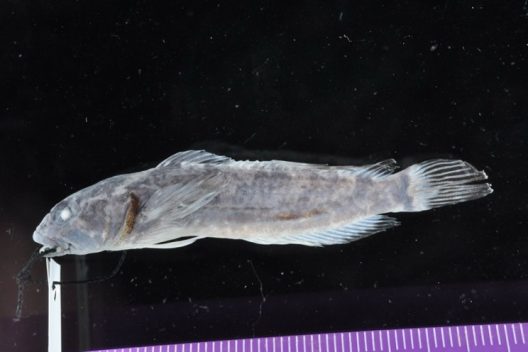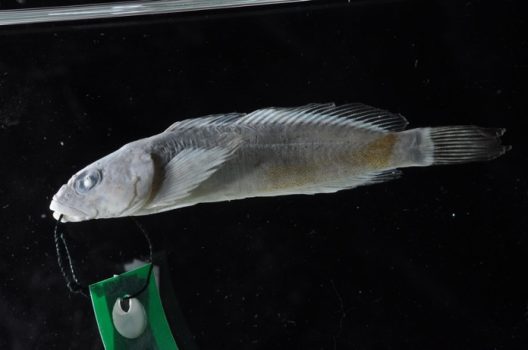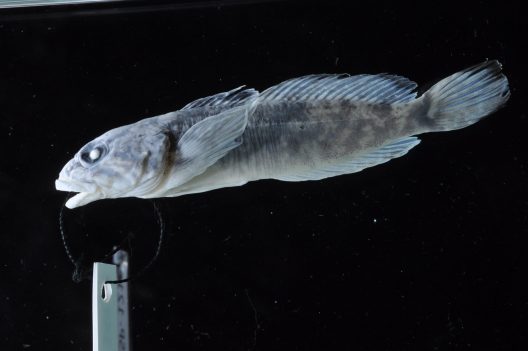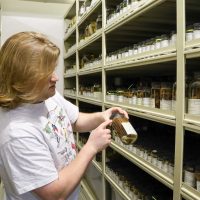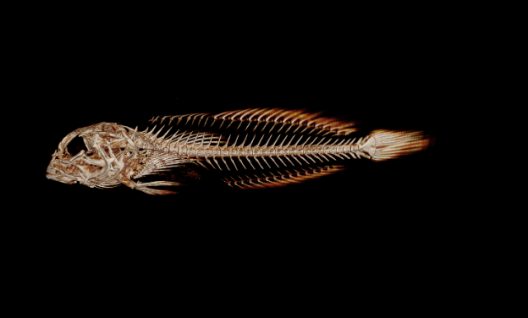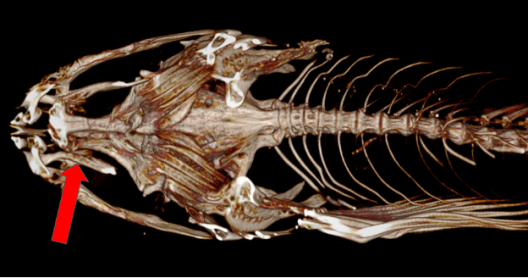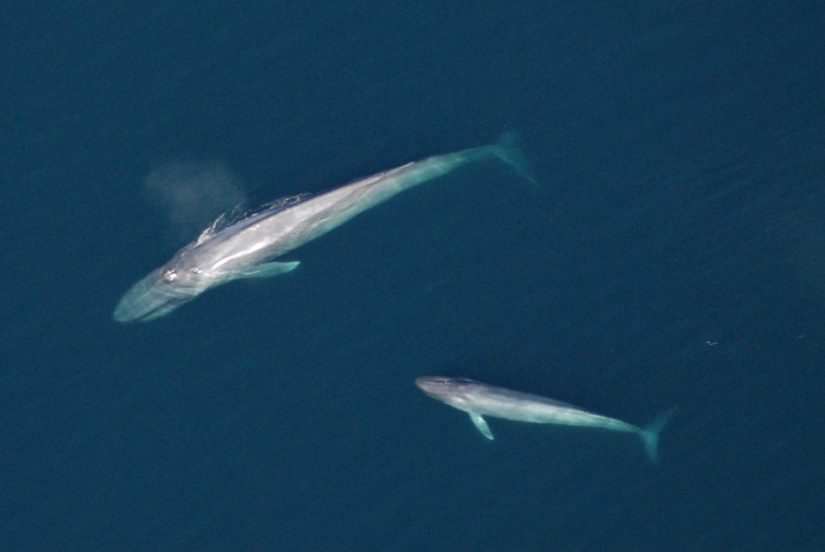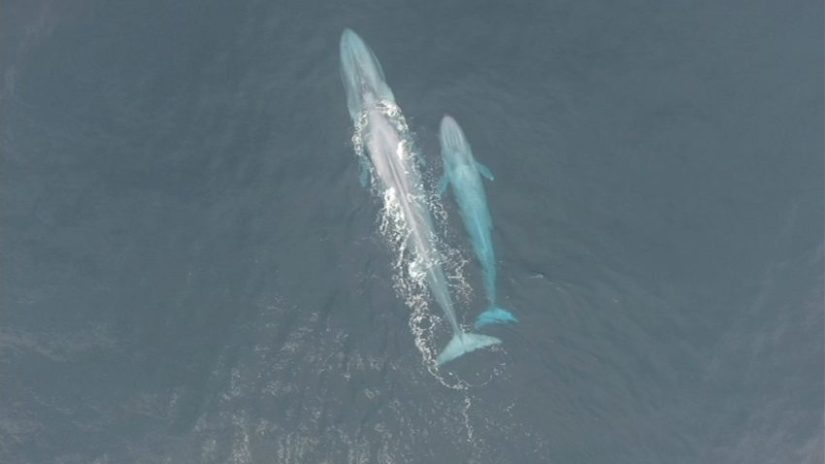Seattle City Light is recruiting for an internship based at the Native Salmonid Conservation Facility (NSCF) in Usk, WA, in Pend Oreille County. It provides a hands-on learning experience focused on conservation-based native fishery restoration, supporting Boundary Dam FERC licensing obligations. The 2025 Hatchery Internship offers students an opportunity to develop entry-level biological data collection and animal husbandry skills within an environmental restoration context. Interns will engage in structured learning projects under the guidance of the Hatchery Supervisor, Operator, and Technician, gaining direct experience in conservation practices and ecological monitoring.
Job Responsibilities
Through this internship, students will:
- Develop field research techniques and environmental data collection skills.
- Gain hands-on experience in the care and rearing of native wild westslope cutthroat trout.
- Apply husbandry, monitoring, and data collection methods to support healthy ecosystems and fishery restoration efforts in the Pend Oreille Basin.
Interns will actively participate in conservation-focused projects that support ecological restoration and fishery management. Tasks may include:
- Assisting in preparing feed and feeding fish, ensuring fish health and safety.
- Cleaning fish rearing vessels and facility operations to maintain optimal conditions.
- Supporting fish spawning, incubation, and maturation processes.
- Conducting environmental surveys alongside SCL field staff, including:
- Water temperature monitoring and aquatic habitat assessments.
- Daytime backpack electrofishing surveys and nighttime boat-based electrofishing surveys.
- Remote telemetry station maintenance and mobile telemetry surveys.
- Netting and handling fish in streams and reservoirs.
- Participating in snorkeling surveys to observe and document fish behavior and habitat conditions.
- Learning to operate a backpack electrofishing unit in accordance with conservation protocols.
- Downloading and recording instrument data, as well as manually entering field observations.
This internship is designed to provide students with hands-on training in environmental conservation, field research, and native fish species restoration, preparing them for future careers in fisheries biology, environmental science, or related fields.
Qualifications
Required Qualifications:
- Undergraduate students will need to maintain a 2.0 GPA or above throughout the internship.
- Current Washington State driver’s license or evidence of equivalent mobility.
Areas of Study:
- Enrolled in an accredited certificate, 2-year or 4-year undergraduate program during their internship.
- Enrolled in an academic program with focus on fisheries, fish ecology or physiology, aquaculture, natural resources, biology, zoology or related field.
Desired Qualifications:
- Understanding of basic water chemistry and water quality parameters important to sustaining aquatic organisms.
- Demonstrated effective verbal and written communication skills.
- Demonstrated experience at a fish hatchery, conducting fish surveys, data collection and management.
Additional Information
This internship requires onsite work at the Native Salmonid Conservation Facility in Usk, WA. City Light does not provide housing; however, services may be available through the US Forest Service Newport Ranger district. Upon request, contact information can be provided during the interview process.
The full salary range for this position is $21.78–$21.78 per hour.
Internship Duration and Hours: Summer only. The timeframe of this internship will be three months in duration, with either a May (semester schools) or June (quarter schools) 2025 start date. The candidate can work up to 40 hours/week during the summer. The estimated schedule is 7:30am–4:00pm Monday through Friday, with the occasional weekend shift.
On-Site Work: This position is expected to be working on-site at the Conservation Fish Hatchery is Usk, Washington or in the field in another outdoor setting.
Application Process
To complete your application, submit the online form with the following attachments:
- Resume
- Cover letter explaining how your coursework, activities, and experience qualify you for this internship.
- Your unofficial transcript – including current coursework, next term registration (if available at the time of application), and cumulative GPA.
Incomplete applications will not be considered.
To learn more and apply, please see the official Conservation Hatchery Biology Intern job posting.
